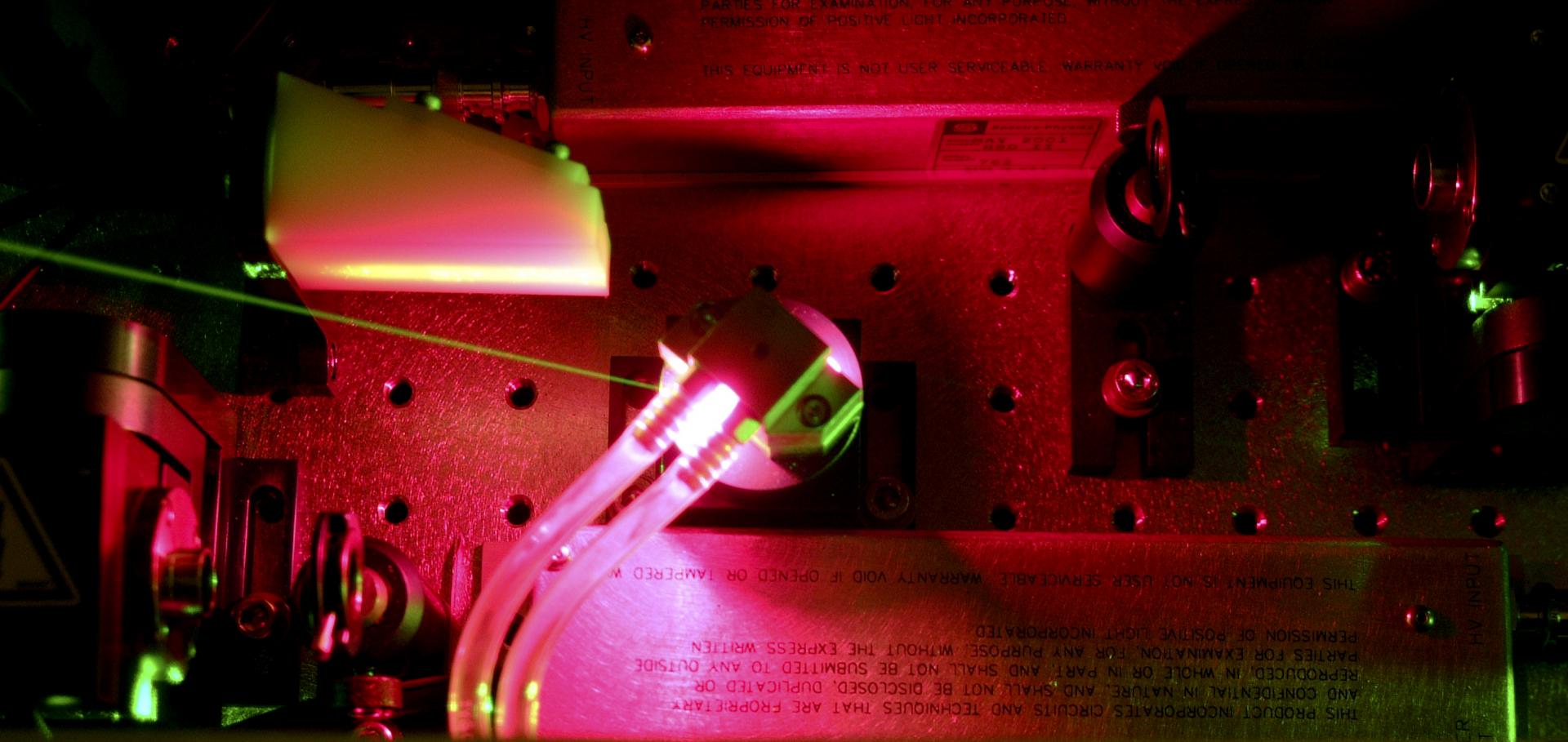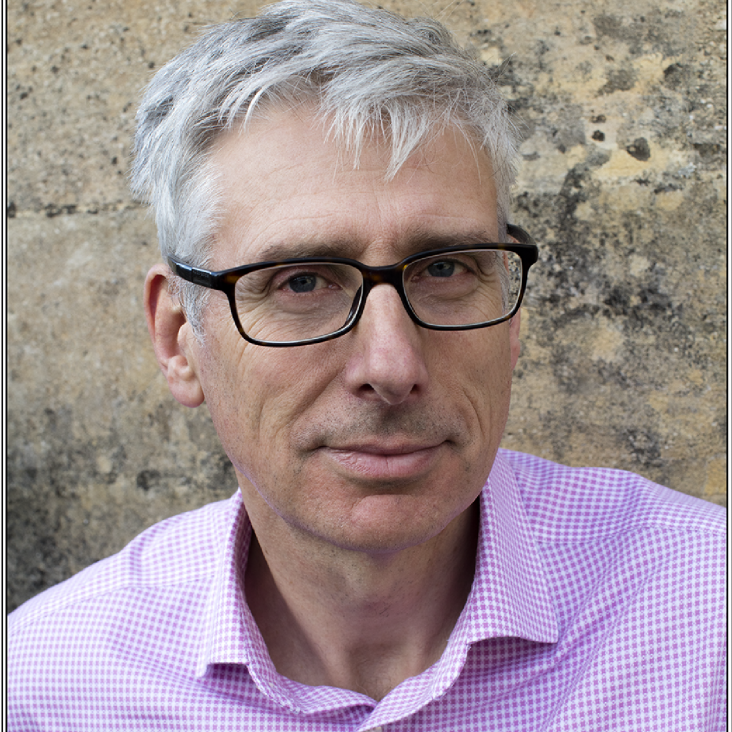EuPRAXIA Conceptual Design Report (vol 229, pg 3675, 2020)
EUROPEAN PHYSICAL JOURNAL-SPECIAL TOPICS 229:1 (2021) 4285-4287
Authors:
RW Assmann, MK Weikum, T Akhter, D Alesini, AS Alexandrova, MP Anania, NE Andreev, I Andriyash, M Artioli, A Aschikhin, T Audet, A Bacci, IF Barna, S Bartocci, A Bayramian, A Beaton, A Beck, M Bellaveglia, A Beluze, A Bernhard, A Biagioni, S Bielawski, FG Bisesto, A Bonatto, L Boulton, F Brandi, R Brinkmann, F Briquez, F Brottier, E Bruendermann, M Buescher, B Buonomo, MH Bussmann, G Bussolino, P Campana, S Cantarella, K Cassou, A Chance, M Chen, E Chiadroni, A Cianchi, F Cioeta, JA Clarke, JM Cole, G Costa, M-E Couprie, J Cowley, M Croia, B Cros, PA Crump, R D'Arcy, G Dattoli, A Del Dotto, N Delerue, M Del Franco, P Delinikolas, S De Nicola, JM Dias, D Di Giovenale, M Diomede, E Di Pasquale, G Di Pirro, G Di Raddo, U Dorda, AC Erlandson, K Ertel, A Esposito, F Falcoz, A Falone, R Fedele, A Ferran Pousa, M Ferrario, F Filippi, J Fils, G Fiore, R Fiorito, RA Fonseca, G Franzini, M Galimberti, A Gallo, TC Galvin, A Ghaith, A Ghigo, D Giove, A Giribono, LA Gizzi, FJ Gruener, AF Habib, C Haefner, T Heinemann, A Helm, B Hidding, BJ Holzer, SM Hooker, T Hosokai, M Huebner, M Ibison, S Incremona, A Irman, F Iungo, FJ Jafarinia, O Jakobsson, DA Jaroszynski, S Jaster-Merz, C Joshi, M Kaluza, M Kando, OS Karger, S Karsch, E Khazanov, D Khikhlukha, M Kirchen, G Kirwan, C Kitegi, A Knetsch, D Kocon, P Koester, OS Kononenko, G Korn, I Kostyukov, KO Kruchinin, L Labate, C Le Blanc, C Lechner, P Lee, W Leemans, A Lehrach, X Li, Y Li, V Libov, A Lifschitz, CA Lindstrom, V Litvinenko, W Lu, O Lundh, AR Maier, V Malka, GG Manahan, SPD Mangles, A Marcelli, B Marchetti, O Marcouille, A Marocchino, F Marteau, A Martinez de la Ossa, JL Martins, PD Mason, F Massimo, F Mathieu, G Maynard, Z Mazzotta, S Mironov, AY Molodozhentsev, S Morante, A Mosnier, A Mostacci, A-S Mueller, CD Murphy, Z Najmudin, PAP Nghiem, F Nguyen, P Niknejadi, A Nutter, J Osterhoff, D Oumbarek Espinos, J-L Paillard, DN Papadopoulos, B Patrizi, R Pattathil, L Pellegrino, A Petralia, V Petrillo, L Piersanti, MA Pocsai, K Poder, R Pompili, L Pribyl, D Pugacheva, BA Reagan, J Resta-Lopez, R Ricci, S Romeo, M Rossetti Conti, AR Rossi, R Rossmanith, U Rotundo, E Roussel, L Sabbatini, P Santangelo, G Sarri, L Schaper, P Scherkl, U Schramm, CB Schroeder, J Scifo, L Serafini, G Sharma, ZM Sheng, V Shpakov, CW Siders, LO Silva, T Silva, C Simon, C Simon-Boisson, U Sinha, E Sistrunk, A Specka, TM Spinka, A Stecchi, A Stella, F Stellato, MJV Streeter, A Sutherland, EN Svystun, D Symes, C Szwaj, GE Tauscher, D Terzani, G Toci, P Tomassini, R Torres, D Ullmann, C Vaccarezza, M Valleau, M Vannini, A Vannozzi, S Vescovi, JM Vieira, F Villa, C-G Wahlstrom, R Walczak, PA Walker, K Wang, A Welsch, CP Welsch, SM Weng, SM Wiggins, J Wolfenden, G Xia, M Yabashi, H Zhang, Y Zhao, J Zhu, A Zigler


